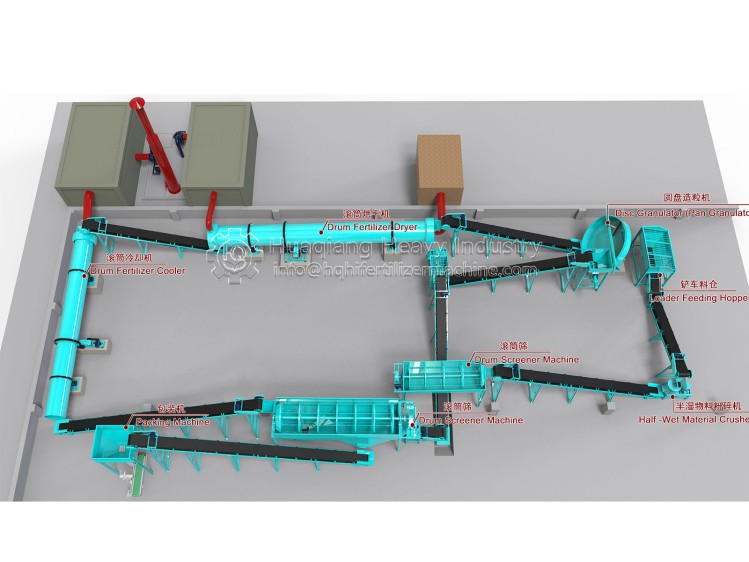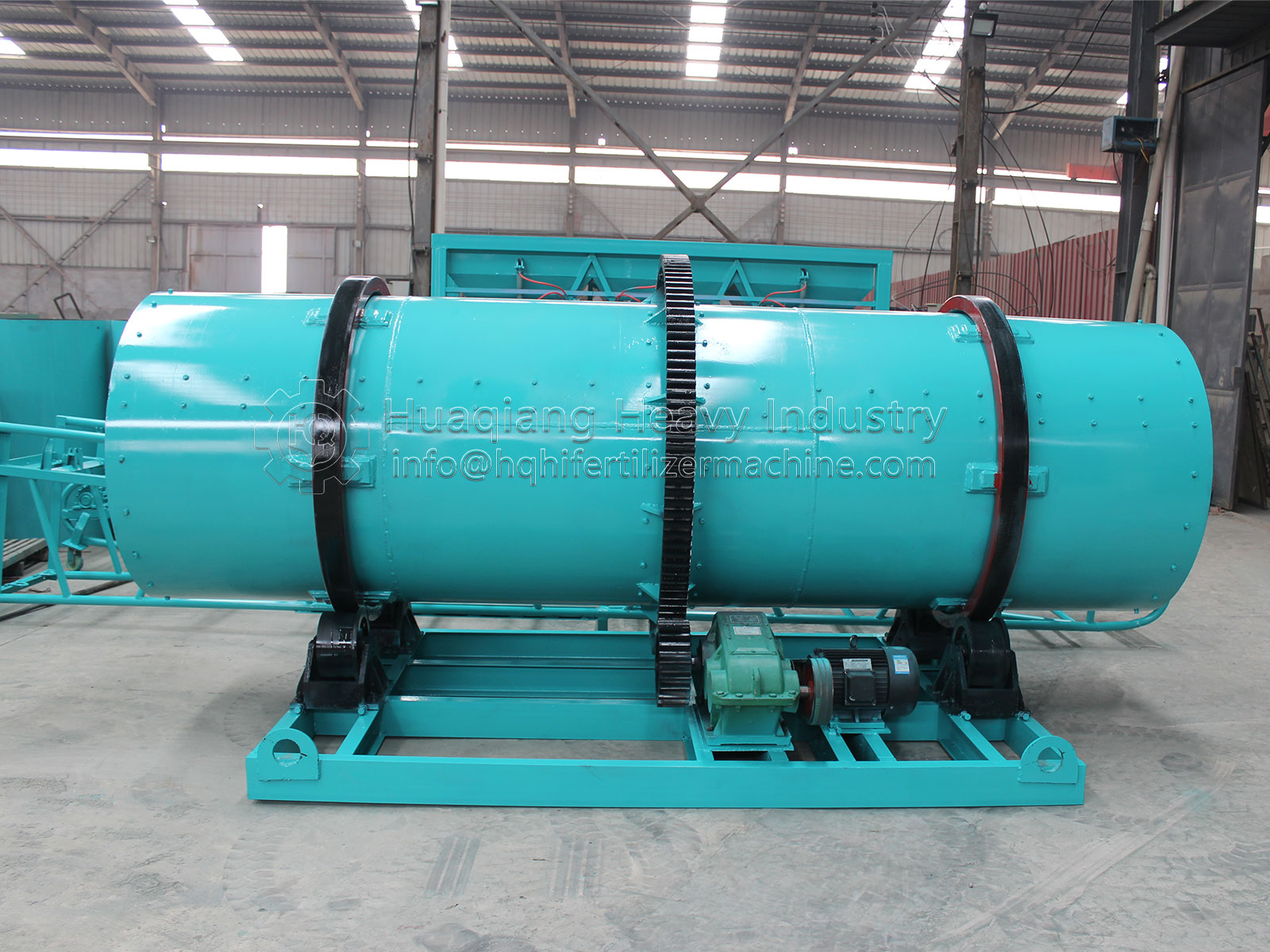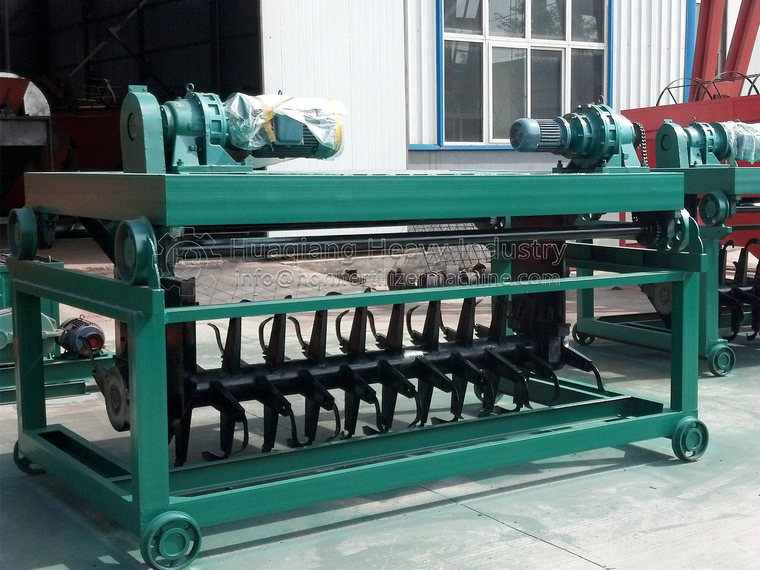How to use organic fertilizer composter to ferment organic fertilizer scientifically
How to ferment the raw materials in the organic fertilizer manufacturing process is a prerequisite. Compost fermentation generally adopts aerobic fermentation technology, which uses the metabolic activities of microorganisms to decompose the organic substances in the materials, so that the materials of the composted organic fertilizer are stable and harmless.

At present, most organic fertilizer production enterprises adopt the fermentation process of trough stacking. The main equipment is an organic fertilizer turning machine. Other fermentation methods such as flat stacking fermentation, sealed warehouse fermentation and tower fermentation are also used. The compost fermentation process is to manually control the compost materials under the appropriate temperature, humidity and air content conditions, and use the selected composite microorganisms (bacteria, actinomycetes, yeast, etc.) to degrade the organic matter in the materials and generate high temperature to kill Pathogens, insect eggs and weed seeds in solid wastes such as dead animal poultry manure, plant straws, etc., are fermented and rotted to make them stable and harmless. Finally, it is processed into commercial fertilizer through organic fertilizer equipment.
The organic fertilizer after fermentation is dark brown, its texture is soft and uniform, and it is rich in organic matter, nitrogen, phosphorus, potassium and other trace elements, various nutrients, biologically active substances, and beneficial microorganisms. It has mature soil and cultivated fields. The role of fertilizers and soil improvement. The compost fermentation process is a complex physical, chemical and biological change process. It mainly degrades organic matter under the aerobic conditions by the action of aerobic microorganisms. The factors that affect the compost fermentation cycle and the quality of the composted organic fertilizer mainly include carbon to nitrogen ratio and organic matter content. Moisture content, temperature, pH value and ventilation oxygen supply and other 6 aspects.








